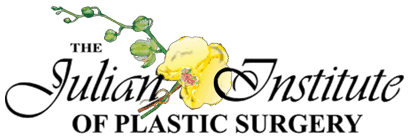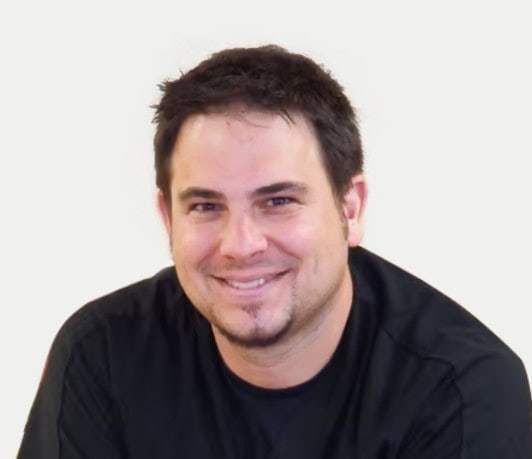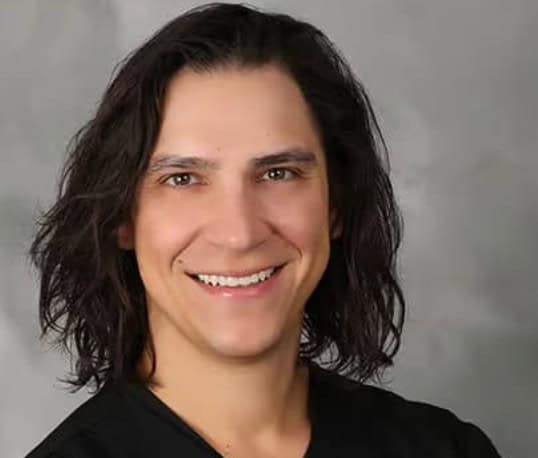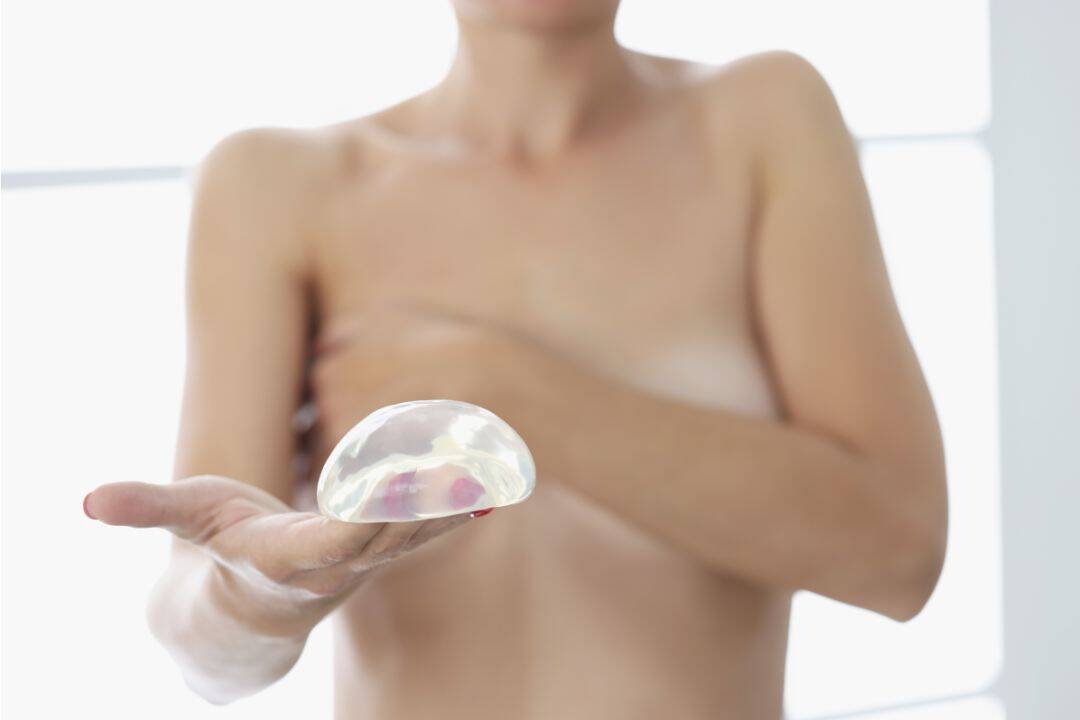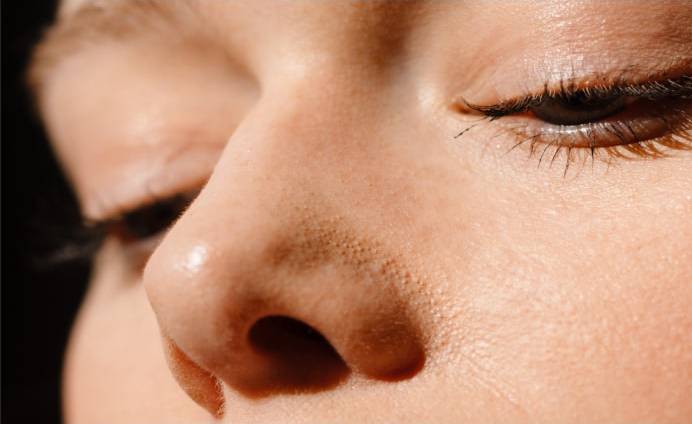Liposuction is marketed as a simple, non-invasive way to reduce stubborn fat. For many, it works exactly as expected. Incredible results, no surgery, and no downtime, However, for others, the results can be disappointing, or worse, physically disfiguring. One of the more serious complications that can occur is paradoxical adipose hyperplasia (PAH), a condition where fat cells grow instead of shrinking. When this happens, patients are left feeling frustrated, confused, and searching for solutions.
At the Julian Institute of Plastic Surgery, we’ve met with patients from all over Florida who are dealing with CoolSculpting results gone wrong. Whether it’s visible lumps, asymmetry, or the rare but real outcome of PAH, the question many patients ask us is: “Can liposuction fix this?” In many cases, the answer is yes. If you have fallen victim to CoolSculpting gone wrong, you are going to want to keep on reading!
Where Non-Surgical Plans Fall Short
CoolSculpting is often seen as a simple, low-risk way to reduce unwanted fat without surgery. It works by freezing fat cells, which are then supposed to break down gradually and leave behind a smoother shape. For many people, that’s exactly what happens. But for others, the results don’t go as planned.
Instead of shrinking, some areas become firm, swollen, or even start to grow. Others notice strange lumps or uneven textures that weren’t there before. This can be caused by a variety of things—how the procedure was done, how your body reacted, or just an unpredictable outcome.
When those results don’t go away on their own, and the issue becomes noticeable or permanent, that’s when it’s time to consider other options. In many cases, liposuction performed by a skilled plastic surgeon becomes the most effective way to fix it.
Correcting CoolSculpting Lumps and Contour Irregularities
One of the more common complaints we hear involves visible lumps or asymmetry in treated areas. In cases like this, liposuction is often used to sculpt the area into a more natural shape. By precisely removing excess or misshaped fat, we’re able to smooth out uneven textures and restore a more balanced silhouette.
What makes this correction more complex than standard liposuction is the nature of the treated fat. Fat exposed to CoolSculpting may be more fibrous and rigid, especially if the tissue has hardened. This means that we must adjust our approach with precision tools and careful surgical planning. We often rely on specialized cannulas and advanced liposuction techniques that allow for finer control during fat removal.
When the Problem Is Paradoxical Adipose Hyperplasia (PAH)
Paradoxical adipose hyperplasia is a rare, but very real, complication that occurs when the fat in the treated area grows instead of disappearing. It doesn’t happen overnight. Usually, patients notice a firm, enlarged mass developing several weeks or months after treatment. Rather than shrinking, the fat becomes denser and begins to protrude outward—creating a result that is the exact opposite of what was intended.
When PAH develops, liposuction becomes one of the only effective options for correction. However, it’s important to note that surgery should be delayed until the tissue softens. Most surgeons, including those at our practice, recommend waiting six to nine months after the CoolSculpting procedure before attempting liposuction. This allows time for the fibrous fat to become more manageable and reduces surgical complications.
Real Stories, Real Impact: When Aesthetic Dreams Become Distress
For patients who experience PAH or other CoolSculpting-related complications, the emotional toll is just as significant as the physical outcome. Many come to us feeling betrayed by a procedure they were told was risk-free. We’ve seen firsthand how lives can be disrupted when people don’t feel comfortable in their own skin anymore.
One very public case that brought national attention to PAH involved supermodel Linda Evangelista. After undergoing CoolSculpting, she developed paradoxical adipose hyperplasia and has since shared her journey in a People Magazine exclusive. She underwent several liposuction procedures in an effort to correct the issue. While some improvement was made, her results were not fully reversible. Her story highlights the importance of realistic expectations, surgical skill, and long-term follow-up care.
Not All Cases Can Be Fully Corrected
While liposuction has proven to be highly effective for improving outcomes from failed CoolSculpting procedures, it’s important to recognize its limitations. Some patients may see dramatic improvement after just one surgery, while others may need multiple sessions to achieve the desired result. In rare instances, permanent skin irregularities or texture changes may remain.
We are always transparent with patients during the consultation process. Our team evaluates the quality of the skin, the extent of the deformity, and the level of fibrosis before recommending a course of action. In some situations, adjunct procedures such as fat grafting or skin tightening treatments may be suggested to refine the final outcome.
Choosing the Right Surgeon Makes All the Difference
Revision cases are never simple, and they should not be approached like routine fat removal. The success of liposuction after a CoolSculpting complication depends heavily on the surgeon’s skill, tools, and experience. That’s why choosing a board-certified plastic surgeon who has handled complex body contouring cases is absolutely essential.
At the Julian Institute of Plastic Surgery, our approach is rooted in patient-centered care and meticulous surgical planning. Each revision case is unique, and we make it our mission to rebuild not just the body’s shape—but the patient’s confidence as well. We walk every patient through what to expect before, during, and after the procedure, so there are no surprises. Whether it’s a minor contour correction or a full PAH revision, we treat every case with the same level of precision and attention to detail.
Who Is a Candidate for Corrective Liposuction?
Corrective liposuction isn’t suitable for everyone. We evaluate several key factors before moving forward, including:
- The amount and location of residual or overgrown fat
- Skin elasticity and the potential for retraction
- Whether the tissue has had enough time to soften
- The patient’s overall health and medical history
Patients must be in good health, have realistic expectations, and be prepared for a recovery process similar to that of traditional liposuction. If a patient is still within the early stages after CoolSculpting, we often recommend a waiting period to allow the body time to fully respond before surgical intervention.
Schedule a Consultation Today to See If Corrective Liposuction is Right for You
At the Julian Institute of Plastic Surgery, we’re here to help patients restore their appearance and regain their confidence—especially after complications from non-surgical procedures like CoolSculpting. If you have experienced disappointing or distressing results, schedule a personalized consultation with our board-certified team. Let us help you feel like yourself again—safely, expertly, and with care that’s tailored to you.
